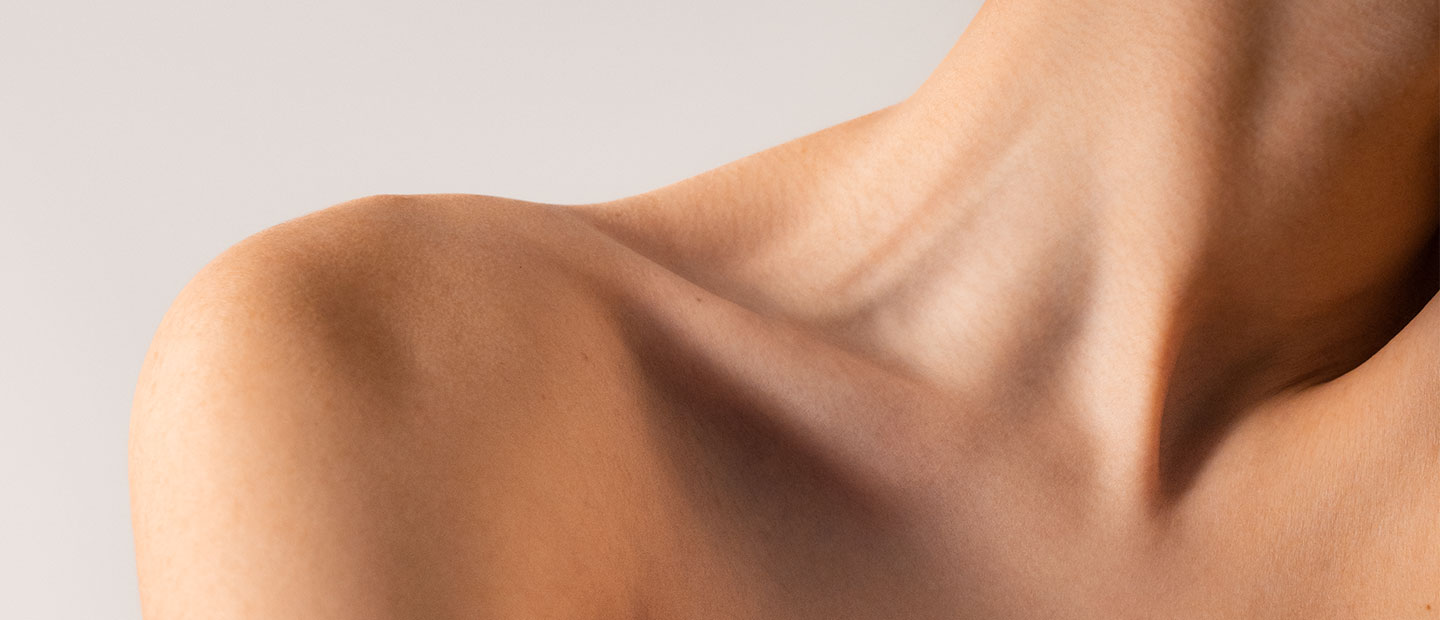Skin care concept
Under the skin.
The skin is our body’s largest organ. With all of its tasks and talents, it's also a true miracle of nature. It protects us from external influences, regulates our body temperature, stores water, and makes emotions visible. And it does this throughout our whole lives, as unlike most other cells in the body, skin cells are constantly active.
The subcutis
is made up of loose connective and fatty tissue. It provides protection against the cold and serves as a barrier to the inside of the body.
The dermis
is a connective tissue rich in collagen fibres, which is particularly affected by the ageing process. The lymphatic system, which is responsible for eliminating excess metabolic products, is also located here, along with many of the skin glands, hair roots, and numerous sensory receptors.
The skin
is between 30 micrometres and 4 millimetres thick. It’s at its thickest on the soles of the feet and palms of the hands, and thinnest around the eyes and lips.
Depending on the size of the body,
human skin is about 2 square metres in size and weighs up to 10 kilograms.
Humans lose up to 14g
of dead skin every day. That's why the skin is constantly producing new cells.
The epidermis
is the skin’s protective outer barrier. It contains pigmentforming cells that determine skin colour and tan.
The skin’s renewal process
is a well-rehearsed cycle lasting 28 days. During this time, new cells are formed, which keratinise and migrate to the surface.


